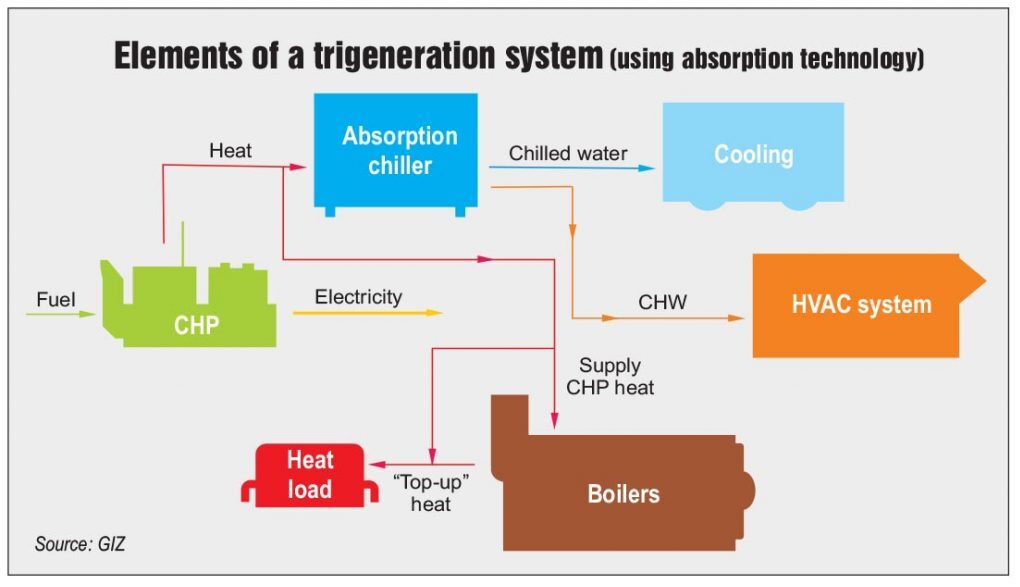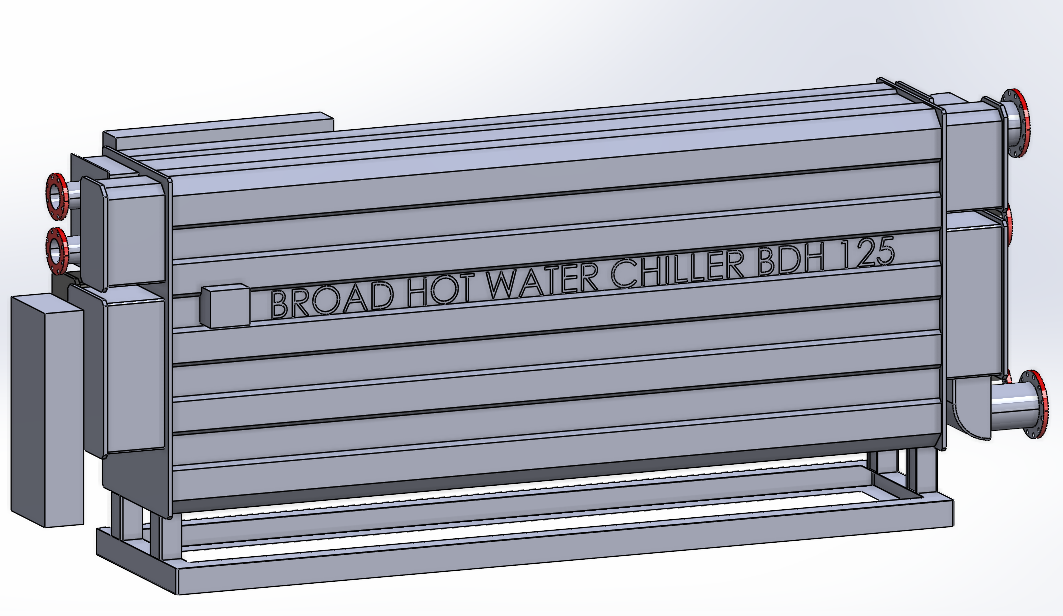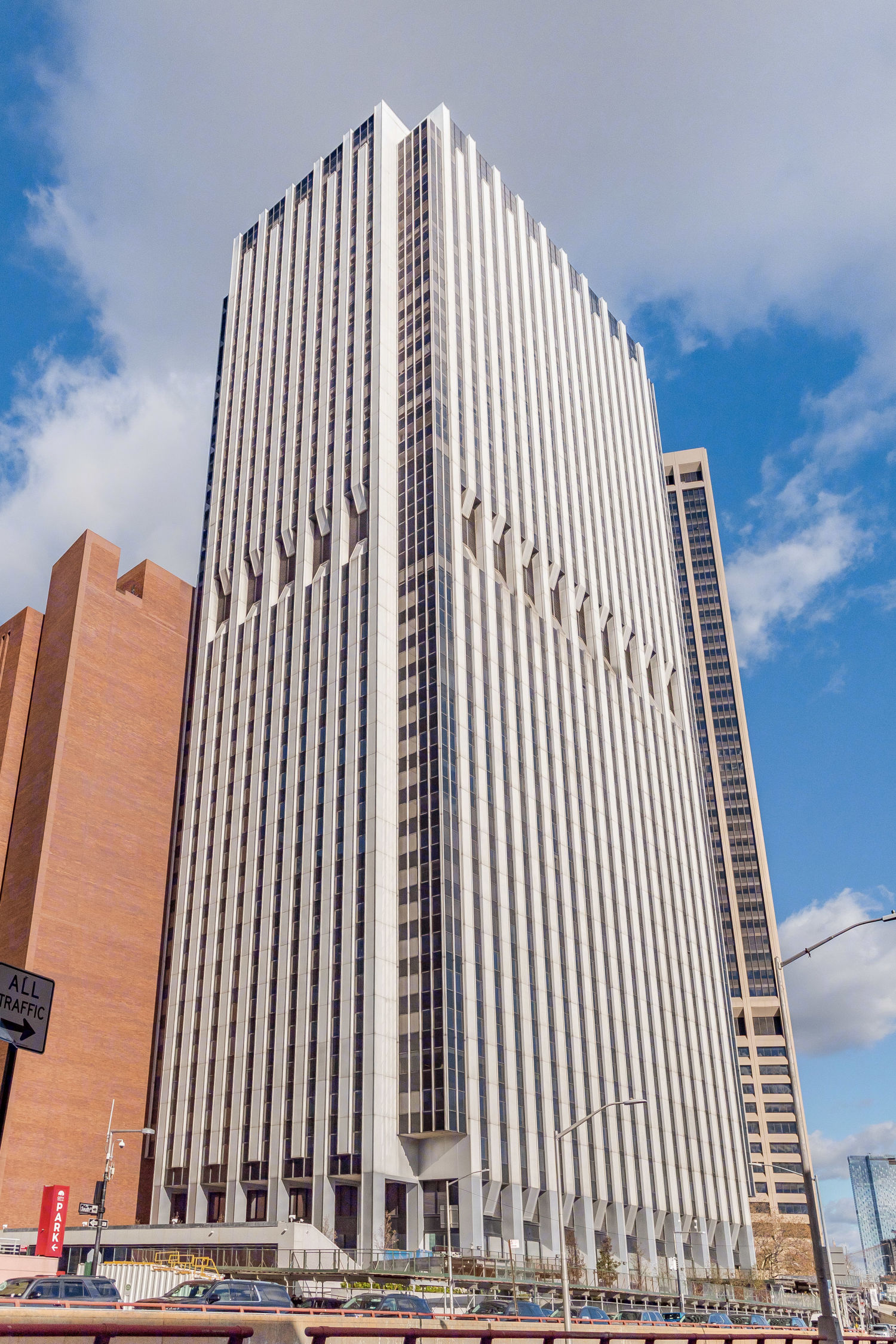Project Background
125 BROAD STREET is an office building located in Lower Manhattan, owned and occupied by Sullivan & Cromwell and managed by Cushman & Wakefield. It was completed in 1970, showcasing an international-style design by Carson Lundin & Shaw and Kahn & Jacobs.
Formerly recognized as Two New York Plaza, the building offers 1.3 million square feet of Class A FiDi office space spread across 40 stories. It underwent a complete renovation in 2007 and was the first commercial office building in Lower Manhattan to achieve LEED certification for its energy-efficient attributes.
The structure also includes 12,000 square feet of retail space and offers various on-site services, such as management, daycare, a coffee shop, shoeshine service, a 50-car parking garage, and stunning views of New York Harbor.
Project Description
125 BROAD Street utilizes Con Edison for electricity and steam, and it procures 100% of its chilled water from the adjacent property. To eliminate its dependency on the adjacent property and enhance the energy efficiency of 125 BROAD for compliance with Local Law 97, the owner has decided to modernize its building energy infrastructure by installing a new CCHP system.
The state-of-the-art CCHP system will revolutionize 125 BROAD’s energy efficiency, significantly reduce carbon emissions, and prevent Local Law 97 penalties.
The system will remarkably diminish building’s carbon footprint by over 20% and decrease utility and commodity consumption by more than 42% for electricity, 94% for steam, and 100% for chilled water.
Project Value
As the chiller is relatively new and is currently undergoing commissioning, it is challenging to provide information regarding energy consumption, Co2 emissions, or cost savings resulting from our chiller installation.
We will update our study as soon as the chiller begins operating and gathering more relevant data.
Project Highlight
The CCHP system comprises a 1MW Tecogen engine, a 320-ton BROAD absorption chiller, 1500 tons of high-efficiency electric drive centrifugal chiller, 500 tons of waterside economizer, and 8000 ton-hours of thermal storage. This system serves to provide electricity, heating, and cooling for the building.

Key Facts of LEED Building
- LEED-certified assets represent just 2.5% of total U.S. urban office inventory. However, their presence has rapidly grown, accounting for 46% of urban deliveries in the last 10 years.
- Generated greater cash flows on average. Since 2015, rents for LEED-certified buildings averaged $4.13 or 11.1% higher rent than non-LEED-certified buildings.
- The pandemic increased ESG asset demand. Non-LEED U.S. occupancy dropped to 88% from 90% since Q1 2020, while LEED-certified asset occupancy rose to 92% from 90%.
- LEED-certified assets held a 21.4% higher average market sales price per square foot over non-LEED buildings during the past three years.
Equipment Information
BROAD Absorption Chiller

Model: Two-stage steam chiller BS250 x 2
Cooling Capacity: 800 RT/unit
Heat Source: District steam
Project Gallery


